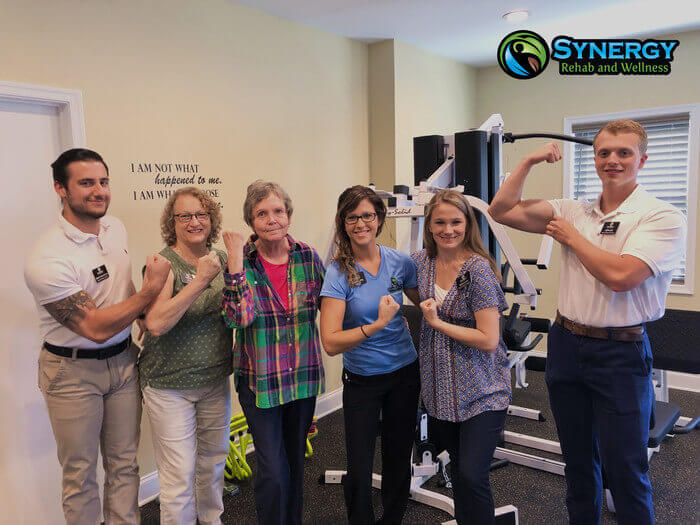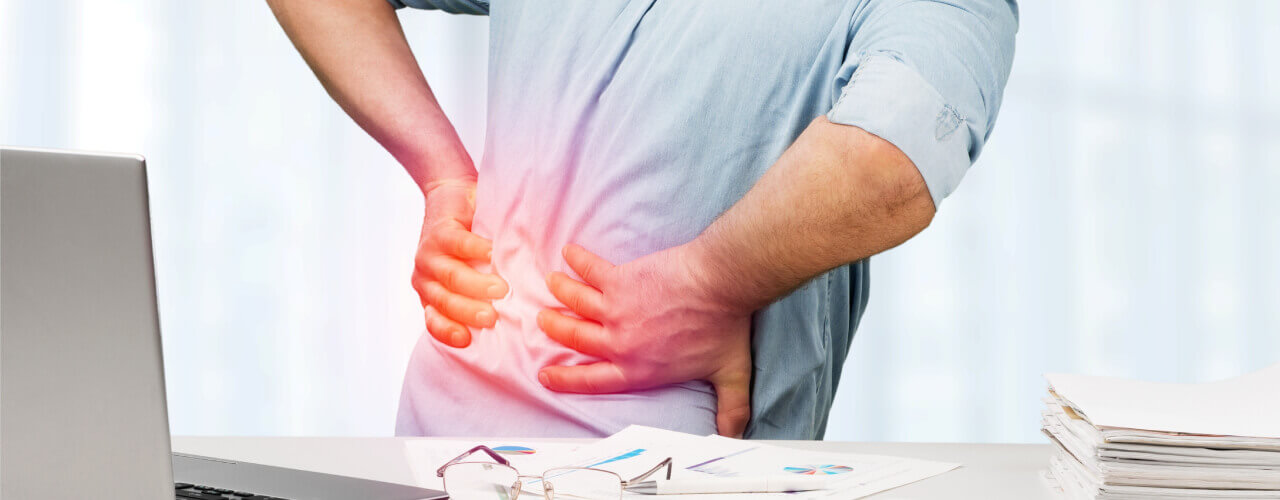Physical Therapy Can Help You Find the Relief You’ve Been Looking For!
Physical therapy is a highly beneficial form of treatment that can address many of the most common sources of pain.
However, there are many people who don’t realize that the pain they are experiencing is something that can be easily addressed with physical therapy.
Our innovative care strategies at Synergy Rehab & Wellness will help you find quick relief. If you are experiencing any of the five common symptoms listed here, then it may be time to consult with a physical therapist as far as the best ways to address your pain and discomfort.
1. Headaches
Regular, recurring headaches are another complaint that can be addressed with physical therapy.
In many situations, chronic headaches are a sign of tension in the neck and back, and therefore working with a physical therapist through targeted stretching and massage can in many cases actually reduce the occurrence and severity of these headaches.
2. Back pain
Back pain is one of the biggest causes of pain among American adults, and there are far too many who struggle with back pain who are not doing anything about it.
The reason for the increase in back pain can be blamed on all sorts of different environmental factors, from rising obesity rates to a dependence on computer-based office work that leaves adults in uncomfortable chairs for hours on end, day after day.
Physical therapy can help to address the cause of your back pain, and help to alleviate tension in the back, thereby actually reducing the experience of pain.
3. Neck pain
Neck pain can develop for a series of reasons, including following an injury or car accident, but also as a result of poor posture — and that includes your posture while you are asleep, as well as awake.
Neck pain can be difficult to cope with and treat, and attempting to treat neck pain on your own isn’t always safe.
An experienced physical therapist can identify the cause of your neck pain and create a treatment program that will alleviate your experience of pain.
4. Joint pain
Joint pain can develop as a result of arthritis, or as a lasting effect of an injury. The best way to deal with joint pain is to seek support through physical therapy.
Your joints are something that you can’t really work around, and in more cases than not, attempting to rely on another part of your body to reduce pain in your joints will only lead you to experience multiple areas of pain.
5. Difficulty with movement
There is a long list of reasons as to why someone may be unable to move as effectively or efficiently as they could in the past.
In many cases, stroke victims will find themselves unable to take regular steps and walk as they once were able to do, and even after the pain subsides, the difficulty moving may remain.
Likewise, those who struggle with an athletic related injury are often prone to having limited range of motion — and this is especially true following surgical repair of muscle tissue and tendons.
Physical therapy can help you to retrain your body for traditional movement.
A physical therapist can tell you why you’re experiencing pain
Your first visit with a physical therapist will involve a conversation about your symptoms and medical history, as well as some simple tests. Be prepared to answer questions about past injuries that may be contributing to your current aches and pains.
Your diet, exercise routine and daily activities will also be discussed. This is to give your therapist an idea of the possible cause or causes of your aches and pains.
You will then be given a series of tests, based on your description of your symptoms. These will involve posture and range of motion exercises, and possibly some strength and resistance tests.
When your therapist knows where you are experiencing aches and pains and has determined the likely causes, your personalized physical therapy treatment plan will be drawn up.
According to ChoosePT, the 4 ways physical therapists help you relieve pain include:
- Exercise
- Manual therapy
- Education
- Teamwork
We can help determine the root cause of your pain and treat it at its source. Contact us today to learn more!
Contact us for relief!
These are just five of the most common symptoms that can be addressed with physical therapy, but the list goes on and on.
Whether you are experiencing pain following a car accident or sports injury, or have realized that the pain in your back or neck has become more constant than you first expected it to be, it may be time to consult with a physical therapist as to the best way to deal with your pain.
Contact Synergy Rehab and Wellness to set up a consultation.


